We found 1006 articles related to "ai"

Indian regulators are focusing on the application of blockchain in "asset tokenization and programmability".
Indian financial regulators are actively promoting the integration of distributed ledger technology (DLT), i.e., blockchain technology, with a focus on asset tokenization, digital programmability, and improved market efficiency.

Major Changes to US AI Regulation! Trump Signs Executive Order to End "One Country, Fifty Systems"
On Thursday, Trump signed an executive order at the White House that establishes a uniform regulatory framework for artificial intelligence, weakening the technology regulatory powers of individual states.

Dutch company unveils new quantum chip architecture, nearly 100 times larger than mainstream products.
In its latest update, Dutch quantum hardware company QuantWare released the VIO-40K, an extended architecture for quantum processor units (QPUs). This architecture is capable of creating QPUs with 10,000 qubits.

SEC Chairman: DTC participants can now directly transfer tokenized securities to other participants' registered wallets.
SEC Chairman: DTC participants can now directly transfer tokenized securities to other participants' registered wallets.
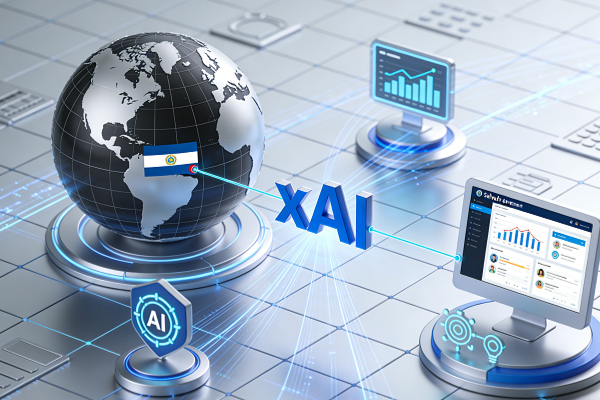
xAI partners with the Salvadoran government to launch the world's first nationwide AI education program.
Elon Musk's artificial intelligence company xAI and the government of El Salvador jointly announced a groundbreaking strategic partnership.

Disney to invest $1 billion in OpenAI
Disney will make a $1 billion equity investment in OpenAI, further deepening the partnership between the two companies in artificial intelligence technology and content creation.
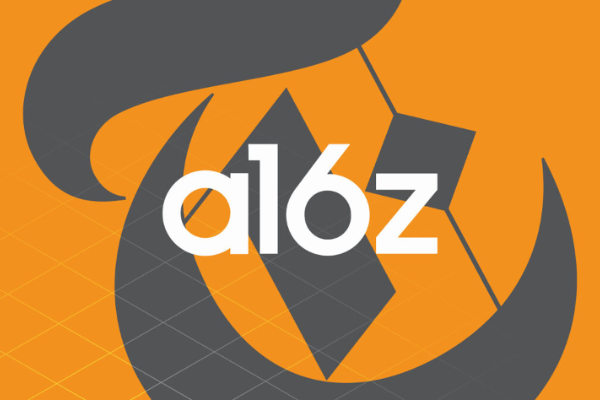
a16z released "17 Crypto Trends for 2026," focusing on key areas such as RWA, AI agents, and privacy chains.
The latest annual industry outlook released by the a16z crypto team reveals that by 2026, the crypto ecosystem will undergo profound evolution around five key trends.
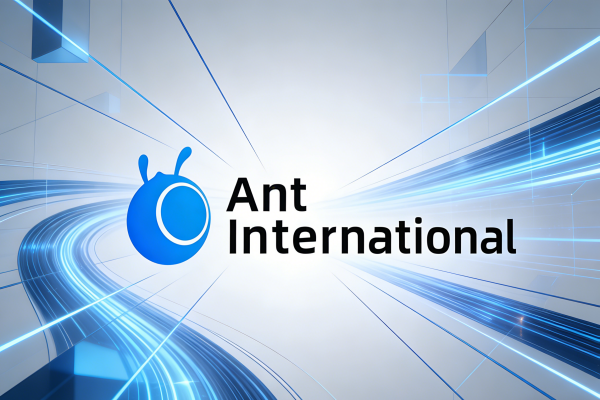
Ant International: AI and Blockchain Will Lead the Transformation of the Global Payment Industry
Ant International CEO Peng Yang stated at the Singapore Fintech Festival 2025 that the company is actively participating in global regulatory initiatives, including the Monetary Authority of Singapore's Guardian project.

Google DeepMind to establish an automated lab in the UK, focusing on materials science research.
Cailian Press, December 11th - Google's DeepMind announced on December 10th (local time) that it is deepening its cooperation with the British government and will establish its first automation lab in the UK in 2026.

State Street Bank and Galaxy will launch a tokenized liquidity fund on the Solana blockchain next year.
State Street and Galaxy Asset Management plan to launch a tokenized liquidity fund in early 2026 that will use stablecoins to enable 24/7 investor liquidity, thereby expanding the use of public blockchains in institutional cash management.

The list of donors and donation amounts for the Web3 industry's charitable support following the Tai Po fire in Hong Kong has exceeded HK$130 million!
29 Nov 2025
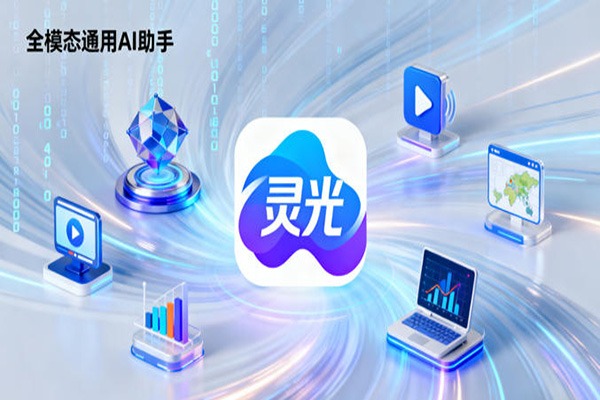
Ant Group enters the fray to seize the AI super gateway: the all-modal universal AI assistant "Lingguang" is officially launched, capable of generating applications in 30 seconds.
18 Nov 2025

Meta's chief AI scientist, Yann LeCun, announced his departure to start his own company, focusing on machine intelligence.
20 Nov 2025

After vigorously developing AI, the Trump administration shifted its focus to robotics.
04 Dec 2025

Google's Nano Banana Pro unveiled: The "image generation artifact/tool) "for working professionals has arrived.
21 Nov 2025
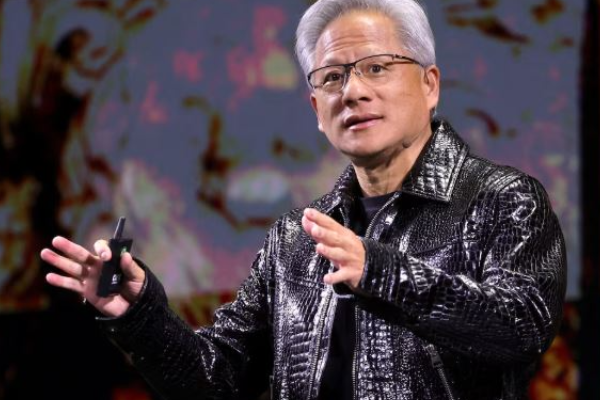
Nvidia CEO: Energy is becoming the next global bottleneck for AI.
04 Dec 2025
